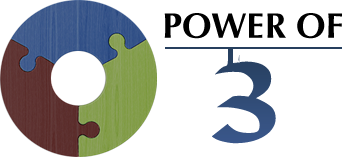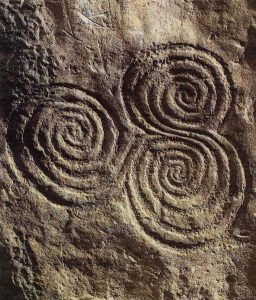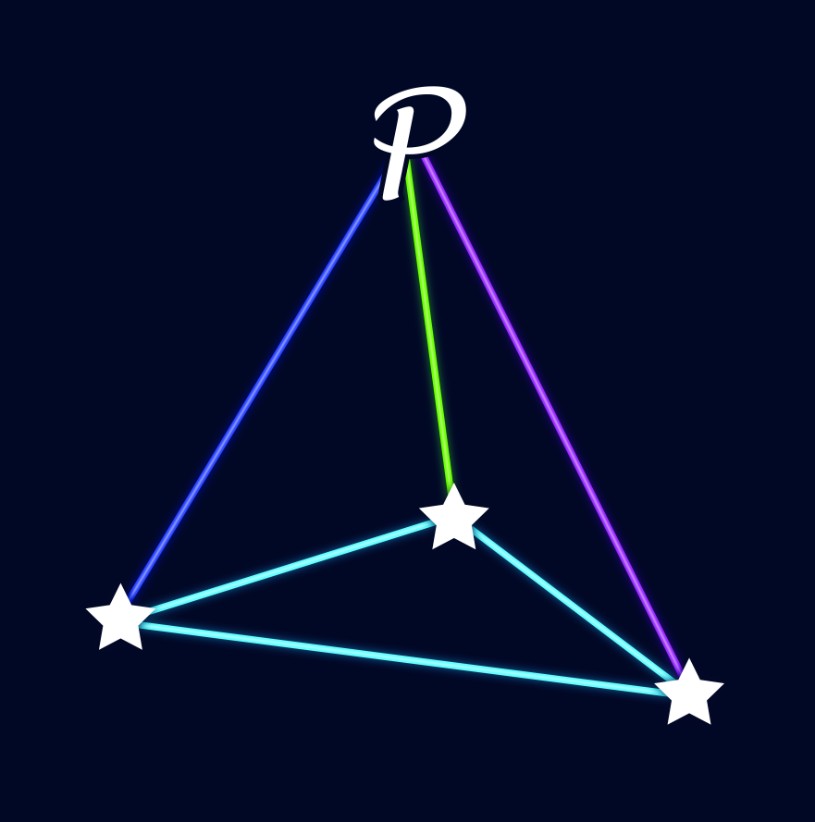The Power of Three | Awakening New Energy in Group Work
A person living today in a modern city or a suburb can be surrounded by others yet feel deeply, dangerously alone. According to neuroscientists, the effects of social isolation are as real as thirst, hunger, or pain. We are, in essence, social animals in need of deep connection.
Throughout time we have survived and thrived as a species by creating groups—the small band, hunting and gathering cooperatively; the tribe, nurturing the young and caring for the sick; systems of kinship to regulate inheritance and sharing, and so on. The loneliness of today comes because our present economic and social arrangements are, in Aldous Huxley’s words, “based, in large measure, upon organized lovelessness.” We may recognize this lack of care in the places we work or go to school, maybe even in the organizations and religious institutions we turn to for healing. Sadly, some of us are even alienated from our own families. We long for connection and meaning.
What if we could ignite our capacity to self-organize new forms of social connection, characterized by emotional intimacy or ‘lovingness,’ and purposeful intention to serve a greater good? How might such social connection transform us?
Research commissioned by Kosmos Associates in 2014 indicated that there is a growing global transformation movement being birthed by positive changemakers already self-organizing in new ways. They make the path by walking, relying on principles akin to improvisational dance or music, valuing co-creation over individual expertise; fluidity over rigidity; the emergent over the formal. These principles can be found in Permaculture, Collective Presencing, Unschooling, the Ecovillage Movement, and in many more circles of service.
 Picking up on this theme, Kosmos researchers asked a question: What model, in its simplest form, might help us awaken individually and collectively to the new spirit of group work and service? In response, the Power of Three (Po3) is an experimental model for people coming together as groups of three to support each other and a shared purpose. Shared purpose is one antidote to the lack of connection inherent in modern life, and Po3 is conceived as a learning lab for exploring purposeful encounter as a means for addressing some of the most pressing needs of our communities and our planet.
Picking up on this theme, Kosmos researchers asked a question: What model, in its simplest form, might help us awaken individually and collectively to the new spirit of group work and service? In response, the Power of Three (Po3) is an experimental model for people coming together as groups of three to support each other and a shared purpose. Shared purpose is one antidote to the lack of connection inherent in modern life, and Po3 is conceived as a learning lab for exploring purposeful encounter as a means for addressing some of the most pressing needs of our communities and our planet.
Why Three?
Triangles and the number three have many attributes—mathematical, cultural, and spiritual—that recommend the triad as a base for exploring the many possibilities of small-group work.

The number 3 is universal as an innate expression of Nature. It is Earth, Sun, and Moon; the human amalgam of body, mind, and spirit. We think of Time itself unfolding as past, present, and future and our full cycle of experience as birth, life, and death. We perceive three dimensions. Three pervades our scriptures: the Holy Trinity, the Hindu Trimurti, the Three Jewels of Buddhism, to name only a few. As any child can tell you, the number 3 plays a central role in many fairytales and fables. And in the threefold Hegelian dialectic, a thesis gives rise to its opposing idea or antithesis, and this tension is often resolved by means of synthesis.
Thus, three expresses creative energy and the overcoming of dualistic thinking. The Po3 model proposes that small groups of affinity can harness creative energy inherent in the triad and work with it directly and consciously.

To Buckminster Fuller, the natural analytic geometry of the universe was based on arrays of tetrahedra. A tetrahedron consists of four equilateral triangles. Nature, he said, always employs only the exact amount of resources and energy necessary for any task. The Po3 model expresses this idea in human form. The fourth point in the Po3 model is purpose. When three people come together with a shared purpose, they create a tensile, nimble, robust tetrahedron.
The Po3 model is not intended to be limiting but rather freeing in its simplicity. One person alone can make a difference, and two working together can go further than one. ‘Two’ is a powerful form, expressed in the institution of marriage and other dyads such as teacher-student, guru-aspirant, ‘best friends,’ and so on. The idea of three people working together in intimate connection explores the added improvisational opportunities and resources available in the triangle, which have not yet been explicitly surfaced.
The Pythagoreans
Pythagoras called the number 3 the noblest of all digits as it is the only number to equal the sum of all the terms below it (1 + 2 = 3) and the only number whose sum with those below equals the product of them and itself (1 + 2 + 3 = 1 x 2 x 3).
In geometry, three is the smallest number of points that can define a plane. The triangle, a polygon with three edges and three vertices, is the most stable physical shape and for this reason is widely used in construction, engineering, and design.
Most organizations, including religious, charitable, social, and recreational ones, are much larger in scale and members prone to inertia, burnout, personality conflicts, and other inefficiencies. Practically speaking, it’s easy to organize three people; meeting space is rarely an issue—a home, coffee shop, or the local library can easily accommodate a Po3 group. At a deeper level, the intention of the Po3 model is to emerge new paths of social innovation and action while engaging in sacred relationship, learning to trust without the subtle censoring of honesty and authenticity fostered by ‘groupthink.’
Thanks to a seed grant from the Fenwick Foundation, Kosmos Associates is developing the Po3 model as a framework to facilitate groups that want to experiment with new modes of conscious service. The framework consists of a short guide to mindful practices for Po3 groups, suggested books and articles, a Forum for sharing the journey and connecting with other Po3 groups, and other forms of support for initiatives that resonate with the Kosmos Community.
We invite you to consider forming your own triangle and begin exploring possibilities for service. Create a group that is willing to meet physically on a regular basis and connect in thought each day. Begin sessions with a brief time in silence as you focus on the emerging purpose of your group. Is it to serve a particular need in your community? Plant a garden? Support a cause? Most importantly, seek ways to build loving kindness, trust, and support in your Po3 group.
In Nature, nothing and no one stands alone. We are each deeply interconnected. The Power of Three model proposes that we explore our true kinship in deeper ways than our conditioning has taught us. It asks that we place ‘lovingness’ and service to others at the forefront of our thinking, doing, and being.
Endnotes
Special thanks to Frank Nuessle and Steve Nation for their insights and kind assistance in the development of this article.
